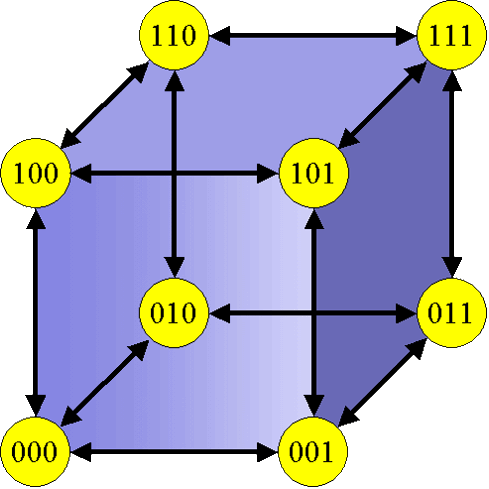What is a Hyper Cube Network?
Developments in hardware technology have made it feasible to fabricate a large scale multiprocessor system which holds tens of thousands of processors. One vital measure on planning such a multiprocessor system is to establish the topology of the interconnection, because the system operation is extensively affected by the network topology.
Generally when a n-dimensional grid network is linked circularly in more than a single dimension, the consequential network topology is a torus, and the resultant network is known as toroidal. When the number of nodes along each dimension of a toroidal network is two, the consequential network is described as a hypercube.
The binary n-cube, additionally known as the hypercube network has been confirmed as an extremely powerful topology. Hypercube is the most extensively benefited from topology for the reason that it offers small diameter, that is the greatest number of links (or hops) a message has to pass through to achieve its ultimate destination between any two nodes. It also implants a variety of interconnection networks. For exceptionally huge systems though, the number of links required by the hypercube could turn out to be prohibitively large.
The main limitation of the hypercube network is its lack of scalability, which restricts its application in constructing bulky systems out of small size systems with modest of alterations in its configuration.

